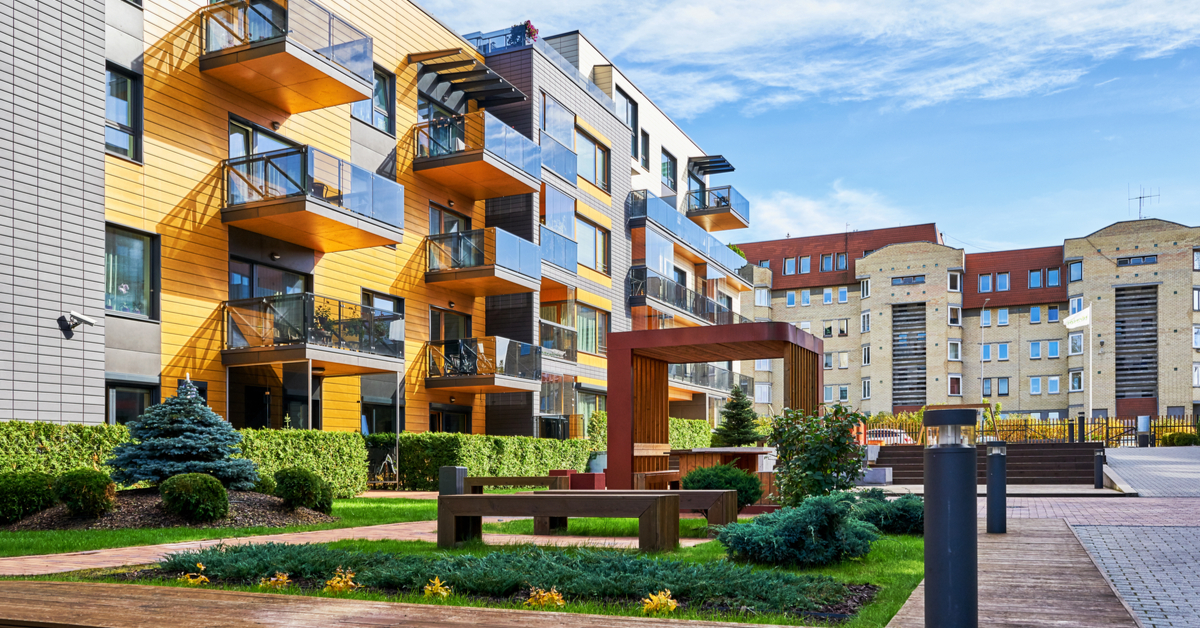Although there have been some recent signals that the growth of apartment rents is starting to slow, the latest National Multifamily Report from Yardi Matrix suggests that such indicators may be premature.
Nationwide asking rents were up 13.4% year over year in October, the highest annualized jump ever recorded by Yardi Matrix. The surge brought the average U.S. asking rent in October to $1,572 — also an all-time high.
Since March of this year, the average asking rent has increased by an astounding $179, approximately the same amount of increase as the previous five years combined.
Rents were up 20% year over year in almost one quarter of the top 30 markets tracked by Yardi. Phoenix (where rents were up 26.3% year over year), Tampa (25.8%) and Las Vegas (23%) led all markets in annual rent gains, while even typically slow-growth metros such as Baltimore (13%), Philadelphia (10.7%) and Indianapolis (10.4%) had sizable increases of at least 10%. Minneapolis, with a year-over-year rent gain of 4.8%, was the only city tracked by Yardi where asking rents were up by less than 5%.
The extraordinary rent gains continue to be driven by a surge in demand that began this past spring. Through the first nine months of 2021, about 475,000 units were absorbed on a nationwide basis, already eclipsing the previous record for an entire year. This pushed occupancy rates for stabilized properties up by 140 basis points year over year to another record high of 96.1%.
Moving forward, Yardi reported, it will be interesting to see how long this wave continues before rent growth begins to regress to a more normal trend. Rent growth should begin to slow if this year follows typical seasonal patterns as rent-price increases tend to taper from September to March. In the previous six Octobers, for example, U.S. apartment rents increased by only $2 on average.
Of course, any market observer can attest that 2021 has been far from a normal year to this point. Per Yardi’s report, “the combination of pent-up demand, rapid job growth, increase in single-family prices keeping renters in place, long-term shortage of supply, and rapid migration to markets with low-cost housing has created seemingly inexhaustible demand.”
Many of these growth factors appear poised to stay put entering next year, leading to an environment where traditional seasonal norms may not provide adequate estimates for what’s to come.






